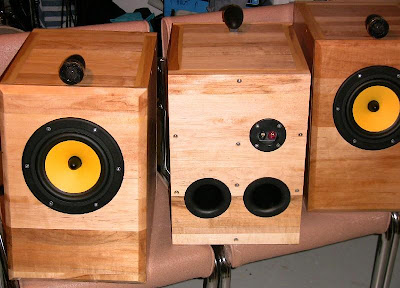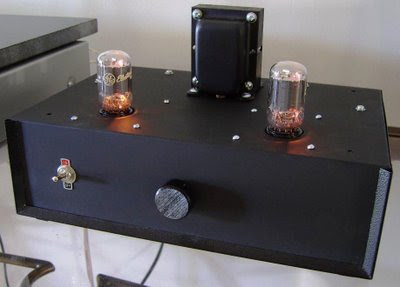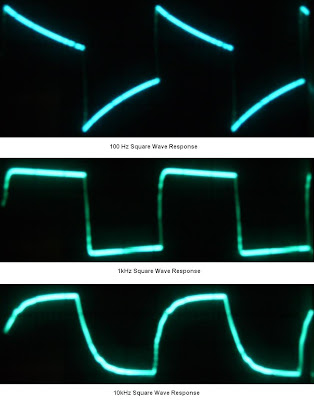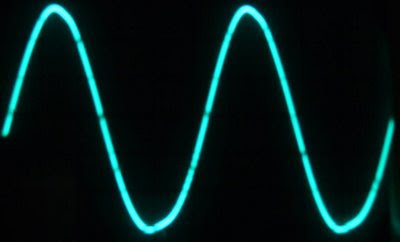Daniel Bolduc (from Canada) sent us an email informing us that he has finished a another set of DIY Speakers. His latest project is two sets of Swans Tempus Bookshelf Speakers by HiVi Research. The Swans Tempus speakers were featured in the German sound magazine KLANG+TON in their June 2002 issue which commended the excellent acoustic response of this bookshelf speaker.
HiVi Research offers the Swans Tempus speakers as a kit, but in true do-it-yourself (DIY) fashion, Daniel sourced the parts himself and built the bookshelf enclosure. The Swans Tempus bookshelf speaker uses the HiVi Research F6 Mid-woofer which features a Kevlar/paper curvilinear cone, phasing plug, and alloy basket. The tweeter is the HiVi Research TN28 which is a silk dome tweeter in an open-air housing. The photo below shows Daniel's finished speakers.

Technical information, enclosure dimensions and measurements of the Swans Tempus Bookshelf Speakers is available from the manufactures website. The bookshelf speaker enclosure plan and crossover are shown below (click to enlarge).

For the speaker enclosure Daniel used 1" thick laminated maple. The finish on the cabinets is four coats of transparent spray lacquer. The photo below shows a rear view of the finished bookshelf speakers (click to enlarge the photograph).

Daniel had the following comments about the Swans Tempus Bookshelf Speakers
HiVi Research offers the Swans Tempus speakers as a kit, but in true do-it-yourself (DIY) fashion, Daniel sourced the parts himself and built the bookshelf enclosure. The Swans Tempus bookshelf speaker uses the HiVi Research F6 Mid-woofer which features a Kevlar/paper curvilinear cone, phasing plug, and alloy basket. The tweeter is the HiVi Research TN28 which is a silk dome tweeter in an open-air housing. The photo below shows Daniel's finished speakers.

Technical information, enclosure dimensions and measurements of the Swans Tempus Bookshelf Speakers is available from the manufactures website. The bookshelf speaker enclosure plan and crossover are shown below (click to enlarge).

For the speaker enclosure Daniel used 1" thick laminated maple. The finish on the cabinets is four coats of transparent spray lacquer. The photo below shows a rear view of the finished bookshelf speakers (click to enlarge the photograph).

Daniel had the following comments about the Swans Tempus Bookshelf Speakers
"After about 80 hours working on the project, the Tempus speakers are finally done and I can assure you that they are sounding great. Bass frequencies are deep and clean while the highs are well balanced. But, due to either the limitation of the TN28 to 20 kHz or the crossover network, high frequencies are not as well defined and crisp as on the 1.618 speakers I built few months ago."
"Even with this little lack of highs, I'm very satisfied of the sounding of these speakers and the pair that is hooked on my computer performs much better than all computer speakers systems I've ever heard (I didn't hear a lot of systems but you have to start somewhere!)."
The 1.618 speakers that Daniel is comparing the Swans Tempus speakers are a DIY speaker design by Adam McCall - 1.618 - 3-Way Hi-Vi Tower Speaker Project.
Daniel has put together a detailed build log of the Swans Tempus speakers on his site with plenty of photographs.
More DIY Bookshelf Speaker Projects:









